Selective attention and anatomy of attention
1/41
There's no tags or description
Looks like no tags are added yet.
Name | Mastery | Learn | Test | Matching | Spaced |
|---|
No study sessions yet.
42 Terms
taxonomy of attention can be separated into…
three different components; alerting role of thalamus; conflict monitoring orienting(selective attention)
alerting role of thalamus
maintenance of an aroused state
what are the two different states of the thalamus?
bust mode and tonic mode
burst mode
captures moment-to-moment fluctuations in this state of internal readiness
tonic alertness (tonic mode)
captures the sustained vigilance of an aroused state
neural activity seen in tonic mode
regular firing
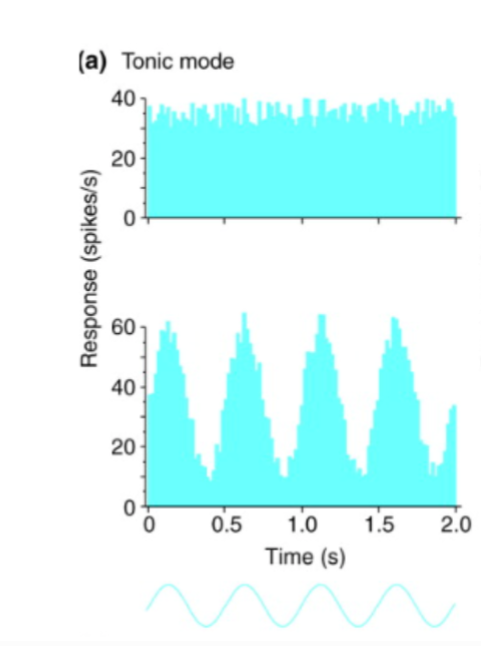
neural activity seen in burst mode
sharp bursts in activity → brings an organism to a more aroused state and drives the sensory system to detect the stimulus
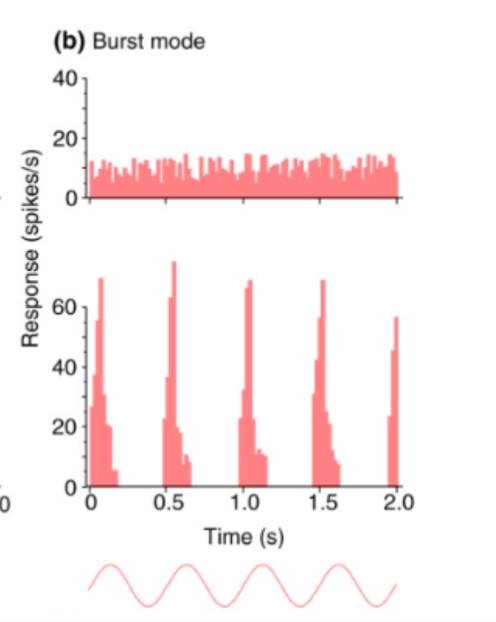
conflict monitoring
reliant on the frontoparietal and cingulo-opercular networks
involves detecting and resolving competition between dominant and non dominant responses
classic example of conflict monitoring and what it is
stroop task → color does not match the word it takes longer to inhibit the dominant response?; need to say the color not the word
orienting is also known as
selective attention
orienting (aka. selective attention)
concerned with prioritizing the sensory representations that capture our attention
can be top-down, goal driven, OR through bottom-up, salient stimuli
usually measured with spatial attention tasks
what we are focusing on
Anatomy of Attention: Orienting network
widespread, but highly specific cortical and subcortical areas
selective attention vs. arousal
NOT THE SAME
Arousal(modulated by thalamus in part) - global physiological and psychological state of organism
Selective attention - ability to prioritize some things and not others (at any level of arousal)
is multitasking possible?
no. we don’t actually multi-task, we just rapidly switch our attention between tasks
william james on attention (selectove attention)
we have to withdraw some things in order to deal with others; never detecting everything
is attention limited
yes; you can’t simultaneously attend to two things at once.
ex. texting while driving → you are not fully paying attention to the changing conditions of the road
selective attention involves
a. focusing on certain things while ignoring others
b. focusing sequentially on the items around you
c. remembering things using small details
d. multitasking while learning
a.
top down processing is also known as
goal-driven control
top down processing
a form of information processing in which an overall hypothesis about or general conceptualization of a stimulus is applied to and influences the analysis of incoming stimulus data
in part based of our expectations of what we know already
from the higher orders of the brain and how that’s influencing how we perceive stimuli that are incoming
bottom-up processing is also known as
stimulus-driven control
bottom-up processing
A form of information processing in which incoming stimulus data initiate and determine the “higher-level” processes involved in their recognition, interpretation, and categorization
we are just taking the stimulus as is; driven by the stimulus itself
raw sensory information from the envirionemnt and processing it without relying on prior knowledge or expectations
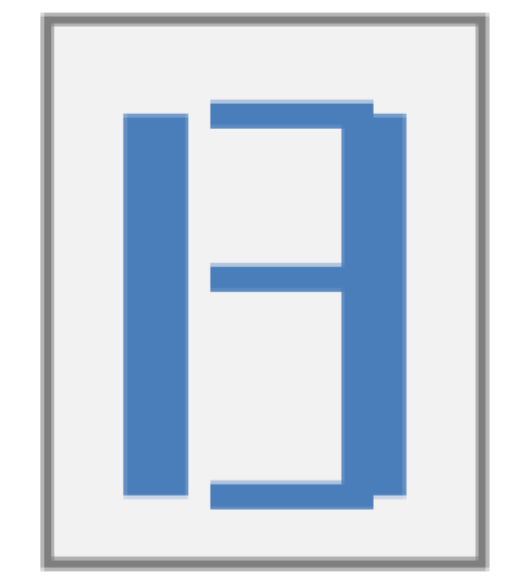
how would we use top-down processing for this?
see B and 13
we have seen B’s and 13’s before
are able to switch btwn those two based on our expectations, prior knowledge, and symbols we have seen before
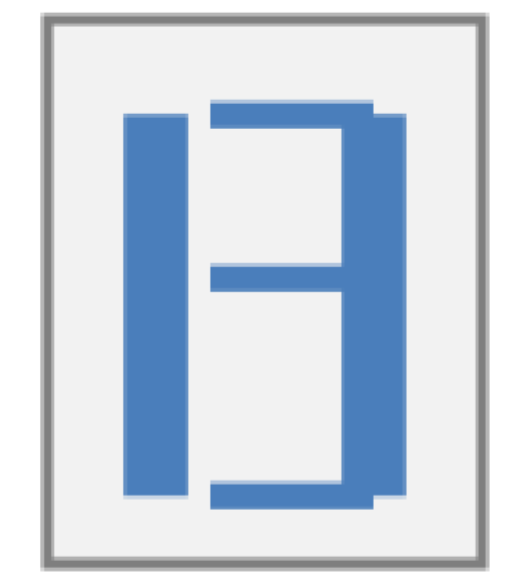
how would we use bottom-up processing for this?
two thick verticles lines and three little horizontal lines in blueencodi
encoding
how we go from stimulus to neural code
inference
use expectations and/or thoughts in order to come to a rule/conclusion based on evidence (inferring something)
what is the most important difference between top-down and bottom-up processing of stimuli? and explain why each answer choice is wrong
a. automaticity
b. inference
c. encoding
d. sensitivity
ANSWER: B (Inference) → best answer bc we are making an inference when we have top-down processing; we are inferring something about the stimulus
A. automaticity → depends on context and the stimulus which process you will depend on more
C. encoding → both process end with some type of neural code
The first time Joe had to put together a bicycle, it took a long time. Now that he has built several bicycles, he can put together a bicycle quickly and easily because he knows what the final product should look like. Joe’s improved speed and skill can be attributed to
a. bottom up processing
b. top down processing
c. perceptual expectancy
d. object constancy
b
how do we begin to understand the neural systems of attention?
brain damage, imaging studies, electrophysiology
ADHD and why not study ADHD to learn about attentional networks?
Attention Deficit Hyperactivity Disorder (ADHD)
Heterogeneous genetic and environmental factors
May result from reduced white matter throughout the brain, especially prefrontal cortex
but we still don’t know which networks affected by the disorder
symptoms of Bálint’s syndrome
attentional disorder
difficulty perceiving visual field as a whole scene
inability to guide eye movements voluntarily
difficulty reaching to grab an object
example of Bálint’s syndrome
showed a patient a comb only and patient saw it; showed patient a spoon only and patient saw it; showed a patient a comb and a spoon and patient couldn’t see both (meaning couldn’t attend to and report on) [can switch btwn seeing comb or spoon, but will not see both]; sometimes shaking object helps
causes of Bálint’s syndrome
caused by bilateral damage to regions of posterior parietal(sensory association areas taht allow us to detect where things are in space) and occipital cortex; could be caused by stroke, dementia
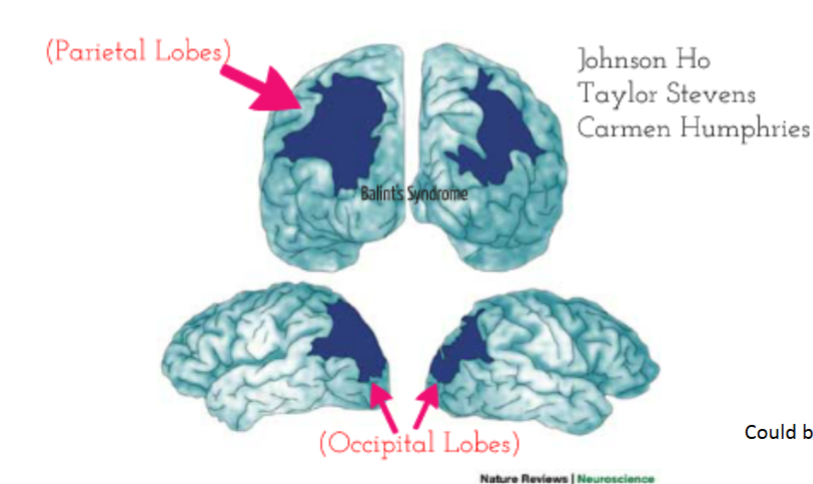
Visuospatial Neglect
attentional disorder
occurs from brain damage to the posterior parietal areas but its localized to one hemisphere
right hemisphere has damage, which affects the attention to the left visual field (left-sided neglect)
patients have normal vision, patients exhibit deficits in attending to and acting in the direction opposite to the side of unilateral brain damage
Visuospatial neglect example
Self-portraits by Anton Räderscheidt as he recovered from a stroke; in first picture can see that ignored left side completely; as time goes on move on to the right can see improvements

patients with left side neglect have damage to the
a. left side of the brain
b. right side of the brain
c. both hemispheres
b
how do you test visuospatial neglect?
neuropsychological tests of neglect
neuropsychological tests
test paper (with horizontal lines on it)
test this by having patients intersect the lines
can see in this image the patient left some of the lines on the left completely empty and even within the line it is not on the center it is more towards the right
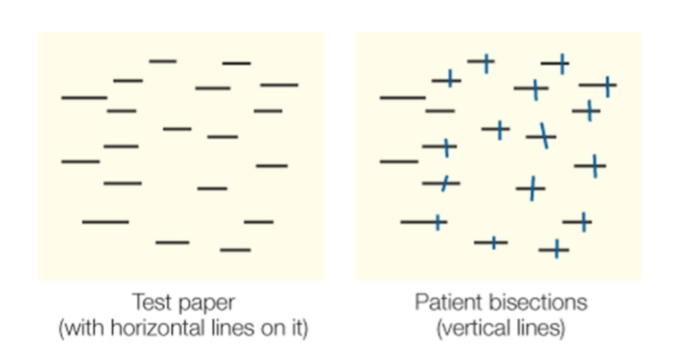
Visuospatial neglect also affects…
imagination
Visuospatial neglect extra
only attentional issue not a visual issue
don’t realize something is wrong
Visuospatial neglect example with famous building
patients asked to recall famous building; always ignored left when asked to recall (no matter from what angle)
not a problem with memory or recall itself; but that attention to parts of recalled images was biased

extinction
visuiospatial neglect
occurs when the patient is presented with two stimuli simultaneously - the presence of the competing stimulus in the ipsilateral hemifield prevents patients from detecting contra-lesional stimulus
neglect patients can detect items in their neglected field when presented in isolation
extinction example
when 2 fingers moved patients identified the right side (attention drawn to right side); when moved fingers individually could identify both